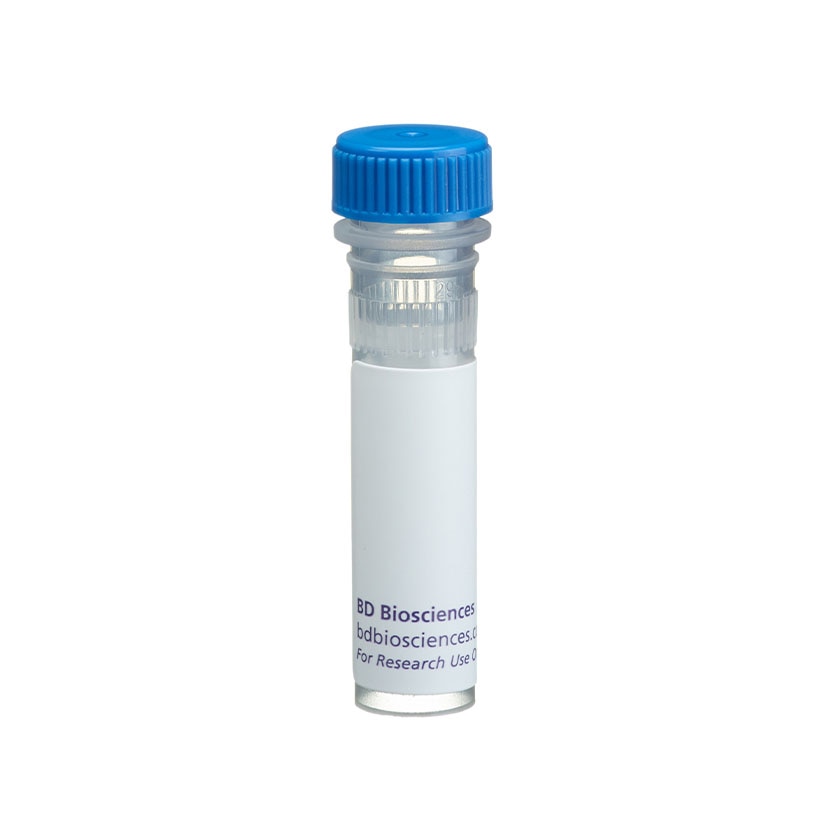-
Reagents
- Flow Cytometry Reagents
-
Western Blotting and Molecular Reagents
- Immunoassay Reagents
-
Single-Cell Multiomics Reagents
- BD® OMICS-Guard Sample Preservation Buffer
- BD® AbSeq Assay
- BD® Single-Cell Multiplexing Kit
- BD Rhapsody™ ATAC-Seq Assays
- BD Rhapsody™ Whole Transcriptome Analysis (WTA) Amplification Kit
- BD Rhapsody™ TCR/BCR Next Multiomic Assays
- BD Rhapsody™ Targeted mRNA Kits
- BD Rhapsody™ Accessory Kits
- BD Rhapsody™ TCR/BCR Profiling Assays for Human and Mouse
-
Functional Assays
-
Microscopy and Imaging Reagents
-
Cell Preparation and Separation Reagents
-
- BD® OMICS-Guard Sample Preservation Buffer
- BD® AbSeq Assay
- BD® Single-Cell Multiplexing Kit
- BD Rhapsody™ ATAC-Seq Assays
- BD Rhapsody™ Whole Transcriptome Analysis (WTA) Amplification Kit
- BD Rhapsody™ TCR/BCR Next Multiomic Assays
- BD Rhapsody™ Targeted mRNA Kits
- BD Rhapsody™ Accessory Kits
- BD Rhapsody™ TCR/BCR Profiling Assays for Human and Mouse
- Sweden (English)
-
Change country/language
Old Browser
This page has been recently translated and is available in French now.
Looks like you're visiting us from {countryName}.
Would you like to stay on the current country site or be switched to your country?
BD Transduction Laboratories™ Purified Mouse Anti-Human ZAP-70 (pY319)/Syk (pY352)
Clone 17A/P-ZAP70
(RUO)



Jurkat cells were treated with 1 mM pervanadate for 15 minutes at 37°C, then either left untreated (lane 1) or treated (lane 2) with 50 µg/ml of alkaline phosphatase for 30 minutes at 37°C. The top panel was probed with ZAP70 (Cat. No. 610239) and the bottom was probed with ZAP70 (pY319) (Cat. No. 612574).


BD Transduction Laboratories™ Purified Mouse Anti-Human ZAP-70 (pY319)/Syk (pY352)

Regulatory Status Legend
Any use of products other than the permitted use without the express written authorization of Becton, Dickinson and Company is strictly prohibited.
Preparation And Storage
Recommended Assay Procedures
For flow cytometry we recommend to use conjugated versions of ZAP70 (pY319)/Syk (pY352) antibody: cat. No. 557817 (Alexa Fluor® 647 ZAP70 (pY319)/Syk (pY352)), 557818 (Alexa Fluor® 488 ZAP70 (pY319)/Syk (pY352)), 557881 (PE ZAP70 (pY319)/Syk (pY352)). For purified version AP70 (pY319)/Syk (pY352) as a second step for flow cytometry, we recommend to use of clone A85-1 in either FITC (cat. No. 553443) or PE (cat. No. 550083).
Product Notices
- Since applications vary, each investigator should titrate the reagent to obtain optimal results.
- Please refer to www.bdbiosciences.com/us/s/resources for technical protocols.
- Caution: Sodium azide yields highly toxic hydrazoic acid under acidic conditions. Dilute azide compounds in running water before discarding to avoid accumulation of potentially explosive deposits in plumbing.
- Source of all serum proteins is from USDA inspected abattoirs located in the United States.
ZAP70 is a protein tyrosine kinase (PTK) that associates with the z subunit of the T cell antigen receptor (TCR) and undergoes tyrosine phosphorylation following TCR stimulation. ZAP70 contains two SH2-like domains with the PTK domain located at the C-terminus. It appears that both ZAP70 and Syk are recruited to the phosphorylated CD3 and z subunits after TCR stimulation. TCR stimulation leads to autophosphorylation of ZAP70 at Tyr-315 amd Tyr-319, and mutation of the Tyr-319 site dramatically impairs TCR signaling. In addition, TCR-mediated Lck activity leads to phosphorylation of ZAP70 on Tyr-493 in the regulatory loop of the kinase domain leading to upregulation of ZAP70 kinase activity. The significance of ZAP70 activation in mediating TCR signal transduction has been confirmed by showing that ZAP70 activity is absent in an autosomal recessive form of severe combined immunodeficiency (SCID). This is due to mutations affecting the ZAP70 kinase domain which affect the stability of the protein and TCR signaling.
Clone 17A/P-ZAP70 recognizes the phosphorylated form of ZAP70 (Y319). It also cross-reacts with SYK (Y352) due to homology of the phosphorylation site with ZAP70 (Y319). The PE-conjugated format has been evaluated using human and mouse model systems. The unconjugated form of the antibody (Cat. No. 612574) has also been shown to work in western blot analysis on human, mouse, and rat cells.
Development References (3)
-
Arpaia E, Shahar M, Dadi H, Cohen A, Roifman CM. Defective T cell receptor signaling and CD8+ thymic selection in humans lacking zap-70 kinase. Cell. 1994; 76(5):947-958. (Biology). View Reference
-
Chan AC, Kadlecek TA, Elder ME, et al. ZAP-70 deficiency in an autosomal recessive form of severe combined immunodeficiency. Science. 1994; 264:1599-1601. (Biology).
-
Di Bartolo V, Mege D, Germain V, et al. Tyrosine 319, a newly identified phosphorylation site of ZAP-70, plays a critical role in T cell antigen receptor signaling. J Biol Chem. 1999; 274(10):6285-6294. (Biology). View Reference
Please refer to Support Documents for Quality Certificates
Global - Refer to manufacturer's instructions for use and related User Manuals and Technical data sheets before using this products as described
Comparisons, where applicable, are made against older BD Technology, manual methods or are general performance claims. Comparisons are not made against non-BD technologies, unless otherwise noted.
For Research Use Only. Not for use in diagnostic or therapeutic procedures.
Report a Site Issue
This form is intended to help us improve our website experience. For other support, please visit our Contact Us page.